Mount Rainier National Park is an amazing place, with wonderful vistas and outstanding wildflowers. One of the easier hikes you can take is along the lower portion of the Skyline trail to Myrtle Falls and beyond. You’ll see a good variety of great wildflowers and a nice waterfall without a huge change in elevation, as the trail goes along the side of the mountain rather than straight up. You also get great views of Mount Rainier, if it isn’t obscured by clouds.

The Hike

This hike starts at the Paradise/ Henry Jackson Visitor Center, which is on the southern end of the park. There are multiple trails that start here, so I recommend going into the visitor center to ask the park rangers for a map and recommendations on where to go. The full Skyline Trail is about six miles with 1700 feet of elevation gain, which can be a lot if you are not used to the elevation (starting at 5400′). There will be snow on the trail even in July and August, which can be tricky if you are not prepared. The hike that I’m recommending this time was just 2.7 miles long, did not cross any snow, and has a an elevation gain of just 410 feet.
The initial portion of the trail is paved, and there are wildflowers all along the trail. Myrtle Falls is just 0.6 of a mile along, and you can get a good view. If you continue past here the trail surface changes to crushed rock, but it is still easy to traverse. However, depending on how far you go, there are a couple of stream crossings that can be a bit tricky.
On this hike we went just past Paradise River (watch for Hoary Marmots on the opposite side) until the trail was covered with snow. This is where the trail starts to go steeply up the hill, and there weren’t as many wildflowers past this point.
Here’s the track that we followed:
Myrtle Falls
Profile
Description
For the best viewing experience, click on the lightbox image below, and you can scroll through larger versions of the photos of many of the plants (and other things) that we found on this hike. All photos are available for purchase in a variety of formats.
Directions
Mount Rainier has several different entry points. We entered at the southwest corner at the Nisqually entrance, and proceeded to the Paradise area and the Henry Jackson Visitor Center. This is about 2 1/2 hours drive from downtown Seattle (depending on traffic). The visitor center has exhibits, a great information center, a snack bar, and restrooms. Note, however, that this is a very busy area and parking can be complicated. The main parking area fills up fast, and there are several overflow parking lots further down the hill (but not too far). I highly recommend arriving early in the day. We were there on a Friday and Saturday, parking was complicated both days. The trailhead is immediately behind the visitor center.
Lodging is very limited in the park itself. We stayed at the Packwood Lodge, just outside of the park at the small town of Packwood, about a 50 minute drive away from the Paradise area. Not a bad place to stay, very clean but the rooms were a bit small. Packwood itself is a very small town, with just four restaurants. I recommend the pizzas at Cruisers.

Timing is Everything
You never really know what the weather will be when you are planning ahead for Mount Rainier. Be prepared for cold weather. On our visit in late July the weather was wonderful. Sunny, temperatures in the 60’s to low 70’s, no rain. I was very pleased to note that there were no mosquitoes bothering us on this particular hike! There were clouds coming in, more in the afternoon than in the morning, and so Mount Rainier kept playing hide and go seek with us. There was still snow on the ground in these lower trails, with quite a bit more higher up.
The Flowers
Here’s a sample of a few of my favorites from this hike. The hit of the day were the Avalanche Lilies. I was excited to find a few right at the start of the trail (I’ve never seen these before), and as we went further up the trail there were so many of them they looked like drifts of snow on the hillside.

We also found a small number of Glacier Lilies (photo at the top of this blog post), which bloom much earlier than the Avalanche Lilies.
There are a number of blooming shrubs along the way, both White and Pink Mountain Heather, Rose Meadowsweet, and Huckleberrys.

After the lilies, my favorite flower was the absolutely brilliant Magenta Paintbrush. This stood out very well on the hillside.
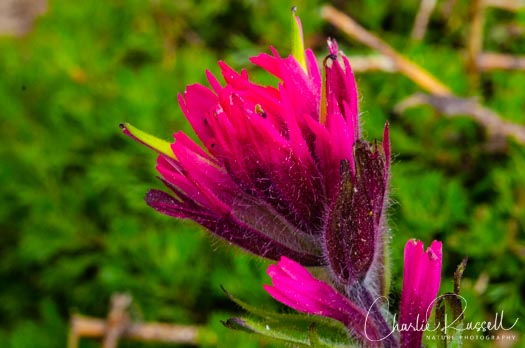
If you click on any of the photos below you will be able to scroll through larger versions of the pictures. All photos are available for purchase in a variety of formats.


Mount Rainier Myrtle Falls Wildflowers
Here’s a listing of the native plants that we found on this visit.
- Alpine lake false dandelion, Nothocalais alpestris
- American Bistort, Polygonum bistortoides
- Avalanche Lily, Erythronium montanum
- Bear Grass, Xerophyllum tenax
- Broadleaf Arnica, Arnica latifolia
- Cusick’s Speedwell, Veronica cusickii
- Evergreen Violet, Viola sempervirens
- Fan-leaf Cinquefoil, Potentilla flabellifolia
- Glacier Lily, Erythronium grandiflorum
- Green Corn Lily, Veratrum viride
- Greenleaf Strawberry, Fragaria vesca
- Huckleberry, Vaccinium spp.
- Jeffrey’s Shooting Star, aka Sierra shooting star, Primula jeffreyi
- Magenta Paintbrush, Castilleja parviflora var. oreopola
- Marsh Marigold, Caltha leptosepala
- Mountain monkeyflower, Erythranthe tilingii
- Partridgefoot, Luetkea pectinata
- Pink Mountain Heather, Phyllodoce empetriformis
- Rose meadowsweet, Spiraea splendens
- Scarlet Paintbrush, Castilleja miniata
- Sitka Valerian, Valeriana sitchensis
- Slender Bog Orchid, Platanthera stricta
- Spreading Phlox, Phlox diffusa
- Subalpine buttercup, Ranunculus eschscholtzii
- Subalpine Lupine, Lupinus arcticus ssp. subalpinus
- Tundra aster, Oreostemma alpigenum
- Western Anemone, aka Pasqueflower, Anemone occidentalis
- Western Spring Beauty, Claytonia lanceolata
- White Mountain Heather, Cassiope mertensiana
- White-flowered Sickletop Lousewort, Pedicularis racemosa ssp. alba
- Yellow Penstemon, Penstemon confertus




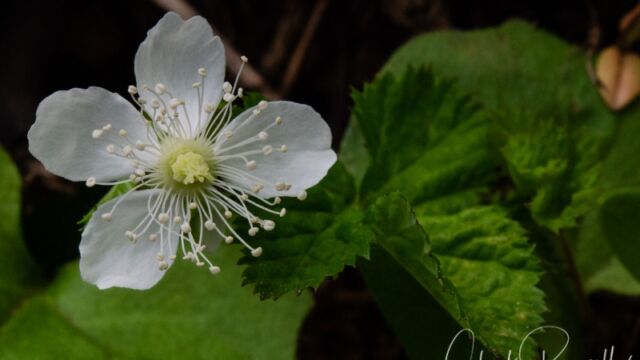





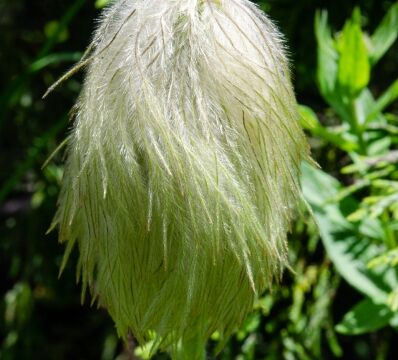



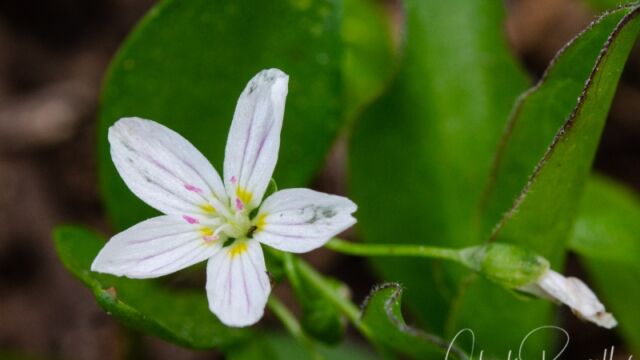




























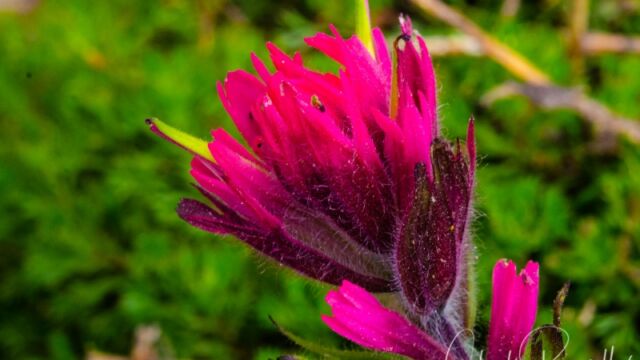





Add comment